News Desk
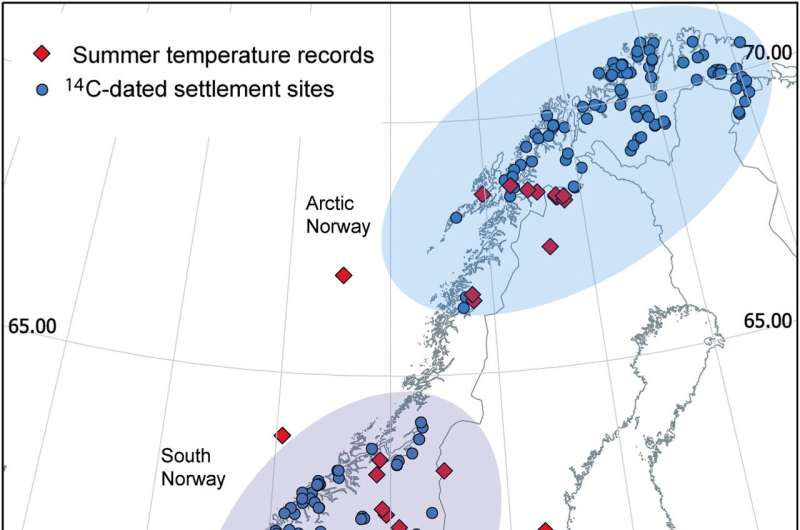
A new study published… in the journal Quaternary Science Reviews presents an unprecedentedly extensive set of archaeological and environmental data revealing connectivities between climate changes, population dynamics and cultural changes in present-day Northern Germany and Scandinavia during the Neolithic and Early Bronze Age.

Five axes found in Poland date to 3,500 years ago, and may have been used as either tools to chop wood or for sacrificial purposes.

One of the biggest and brightest stars in the night sky will momentarily vanish as an asteroid passes in front of it to produce a one-of-a-kind eclipse. The rare and fleeting spectacle, late on Monday into early Tuesday, should be visible to millions of people…
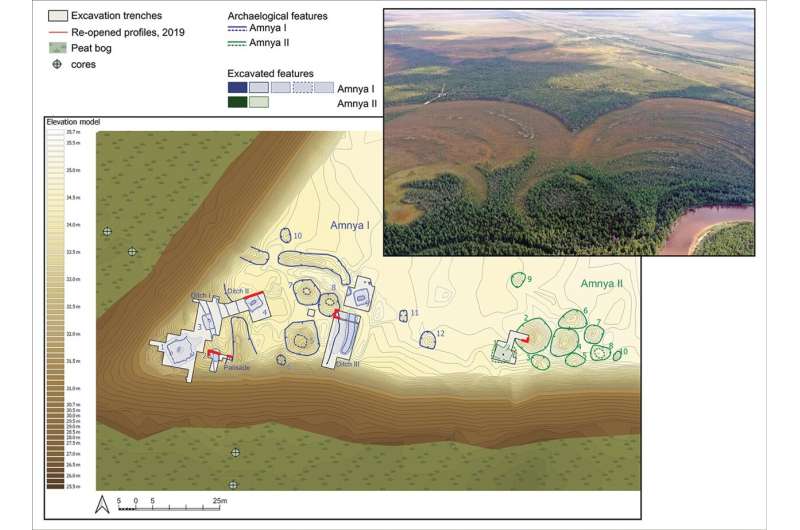
A groundbreaking archaeological discovery… has uncovered fortified prehistoric settlements in a remote region of Siberia. The results of their research reveal that hunter–gatherers in Siberia constructed complex defense structures around their settlements 8,000 years ago. See the study here.

The Tiwanaku civilisation, which precedes the Inca civilisation and has a lifespan of 25 centuries, is known as the ‘mother culture’ of South America. The civilisation mysteriously vanished without a trace. There are numerous theories, but recent findings have shed light on the truth of what may have happened and the significance of this cultural mystery.
Image from Wiki Commons.
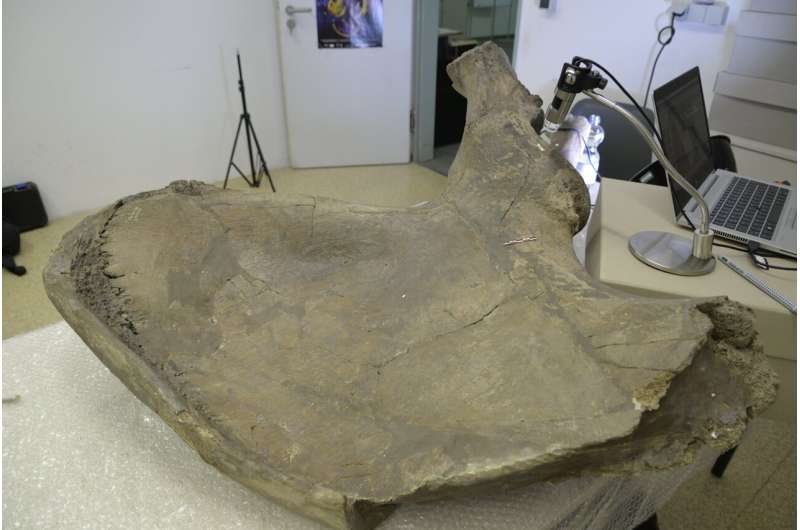
Hunting the now extinct straight-tusked elephant (Palaeoloxodon antiquus) was widespread among Neanderthals, concludes a research team… The study has recently been published in the Proceedings of the National Academy of Sciences.

An early trial hints that psilocybin could be a safe and effective treatment for depressive episodes in bipolar II disorder and should be studied further. That’s according to a small clinical trial whose results were published Wednesday (Dec. 6) in the journal JAMA Psychiatry.
New research published in Nature Communications suggests that the first cell-like structures on Earth contained radiation-resistant manganese antioxidants, protecting the first cells to evolve.

Similar patterns develop on the surface of Earth’s polar regions when icy sediments cool and contract. A comparable process long ago may have created the shapes on Mars, found near the planet’s dry equator, researchers reported recently in Nature Astronomy.
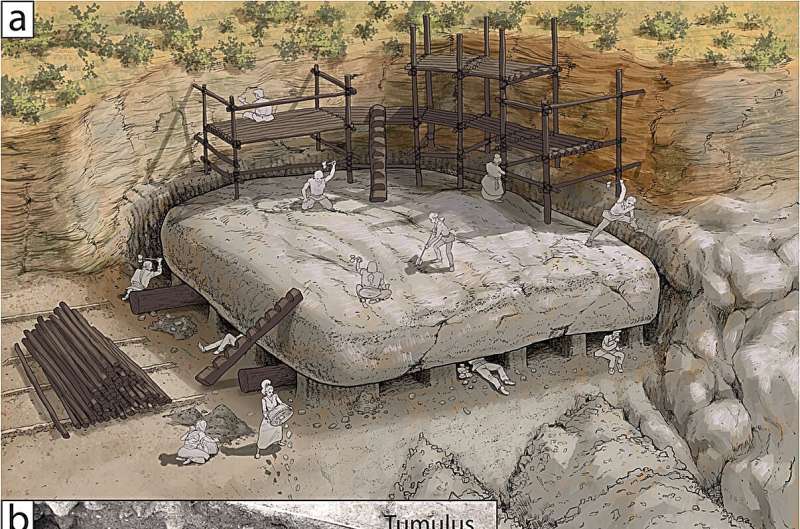
A team of archaeologists, geologists and historians affiliated with several institutions in Spain has found that the Menga dolmen represents one of the greatest engineering feats of the Neolithic. Their study was published in Scientific Reports.

The postage stamp-size lead piece, known as the Mount Ebal tablet, has been controversial since its discovery was announced last March. Its finders suggested the tablet showed writing in an early form of the Hebrew alphabet that called on the god of the Israelites to curse his enemies. But the new studies reject claims that the tablet is the earliest-known inscription of the name Yahweh and that it supports biblical accounts of the origins of the ancient Israelites.

Imagine a world where you could control your sense of time. Where trips to the dentist flew by in a second and holidays felt like they lasted forever. Time altering pills may sound like science fiction but the time warping effects of psychoactive drugs suggest that deliberate time manipulation may be possible.
Two mosquito fossils, preserved in Lebanese amber, are challenging scientists’ understanding of how blood feeding developed in the insects. The findings have been published in Current Biology.

Recent evidence suggests kings did not always run the show.
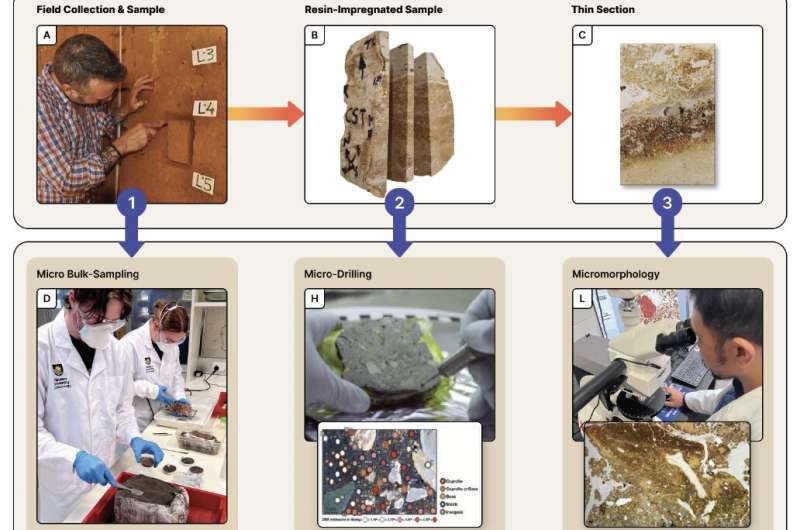
In a scientific commentary published in the journal Nature Ecology & Evolution… a group of archaeological scientists strongly advocate for the use of modern scientific techniques to support claims such as those made about Homo naledi.

Inside a decades-long journey to uncover the sacramental origins of the Bufo alvarius toad—and the powerful psychedelic derived from it…The story began innocently enough in Haiti in the spring of 1982, in the temple of a Vodoun sorcerer…








